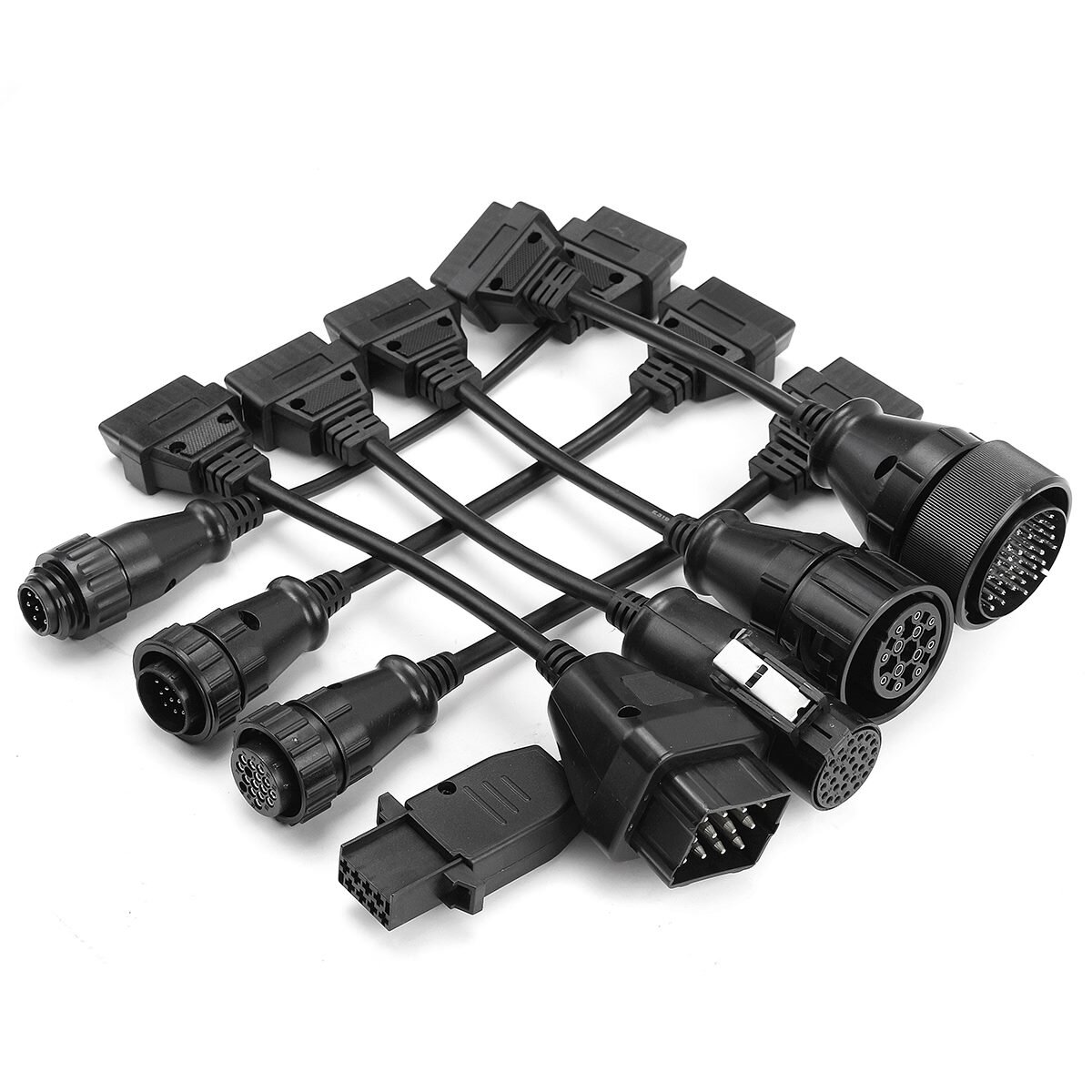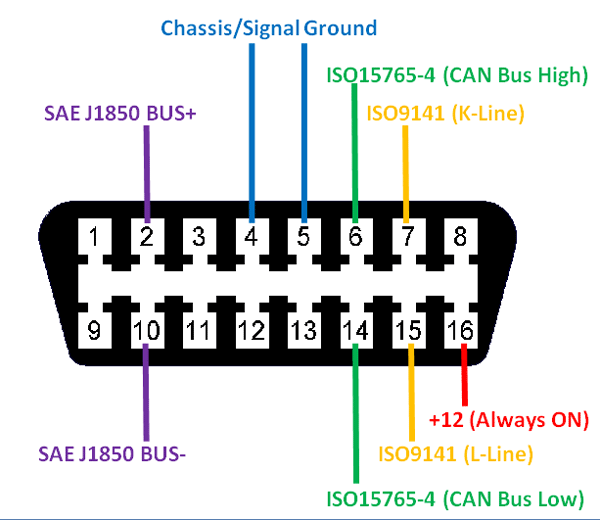There are a large variety of OBD [on board diagnostic] plugs on the various vehicles we may have to work on. The OBD2 connector has become pretty standard, keeping in mind that not every vehicle with that style of plug is OBD2 compliant - there are many vehicles out there with the standard plug that do not communicate using the OBD2 protocols [Japanese pre 2006, Euro pre 2002] but that is admittedly not what we are discussing here.
The fact is that any scan tool you buy will have this plug and the more expensive models will include a set of adapters for the older vehicles. These adapters have no magic bits in them to allow communication with the various vehicles, they are simply two sets of pins internally connected to make sure the correct pins line up on the vehicle you are scanning.
So what happens if you one day find that the vehicle you need to scan does not have a standard plug and you don’t have any adapters to match up with it?
Make your own universal adapter! This is what I had to do when a Polaris Ranger came in to our workshop with a strange diagnostic plug. I was using the budget Autel ML529HD which, on a side note, has gotten into several vehicles that even the factory laptop couldn’t get into.
When you do a search for OBD2 plugs you will find a standard layout for power, ground and the CAN wiring. We are interested in pins 4/5 [ground], 16 [power] 6 [CAN high] and 14 [CAN low]
All you have to do is either buy an OBD plug [link to Aliexpress] or get a used one from an old car. Run wires from the pins mentioned and be ready to connect them to whatever vehicle you need to scan. How will you know where to connect the wires? Obviously ground and positive feeds could go directly to the battery unless you have those feeds available close to where you are working, and CAN high and Low go to their relevant wires, either connected directly to the wire or by pushing wires into the adapter. You could also get a pair of clips to connect to the wires more easily.
And how do you know which are your CAN high and low wires? Measure each of the wires at the diagnostic plug. [article]
If you have an LED test light you will find that the light gives a weak flicker when touched to CAN high and a very weak flicker for CAN low. Simply connect the wire for pin 6 to CAN high and 4 to CAN low. You’ve just created a means to scan any vehicle without having to worry about whether you have the adapter for it or not.
With the particular vehicle I scanned, a Polaris Ranger, the Autel went in via the J1939 protocol and found 6 systems, including electric power steering which is where our fault lay. The advantage with the Autel ML529HD “Heavy Duty” means that it can scan 24v vehicles as well which makes it the perfect partner for a home made adapter, especially for someone doing field work. The J1939 protocol usually accessed around 6-8 systems when connected to a large truck. You could read more about it on my blog for budget scan tools for workshops. When it comes to 12v scan tools my favourite is the Launch CRP123X which I still use regularly for the last 2 years since buying it.







